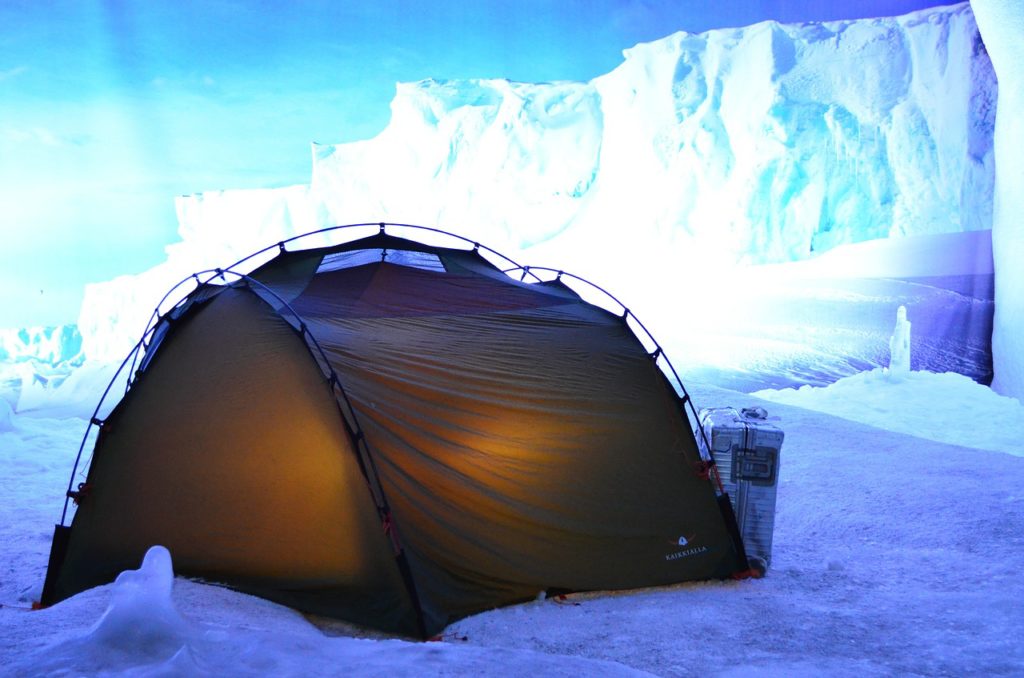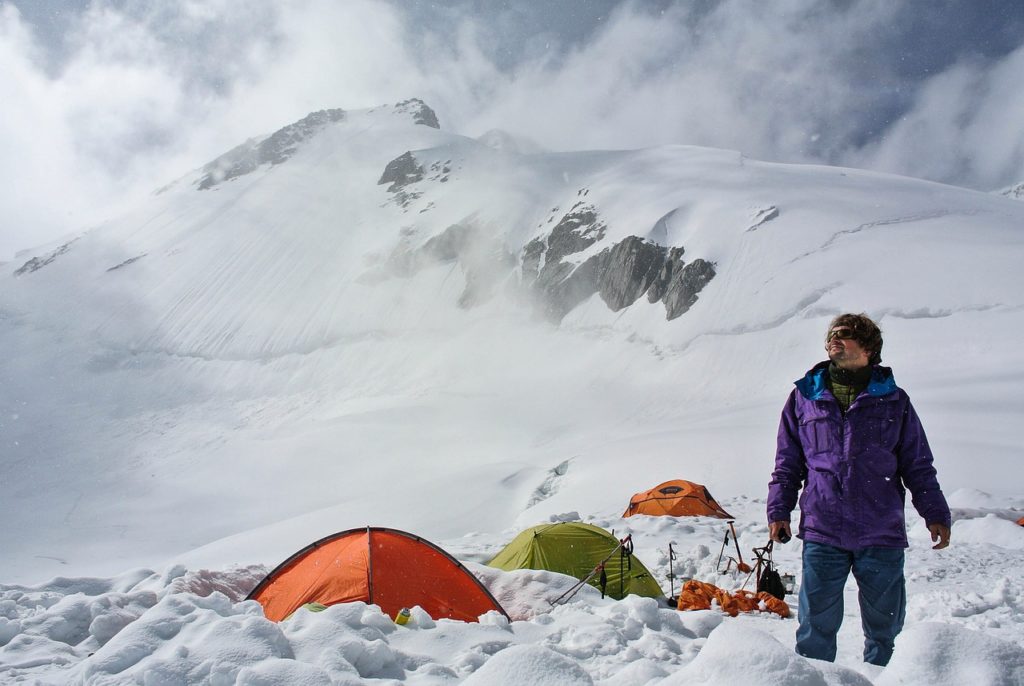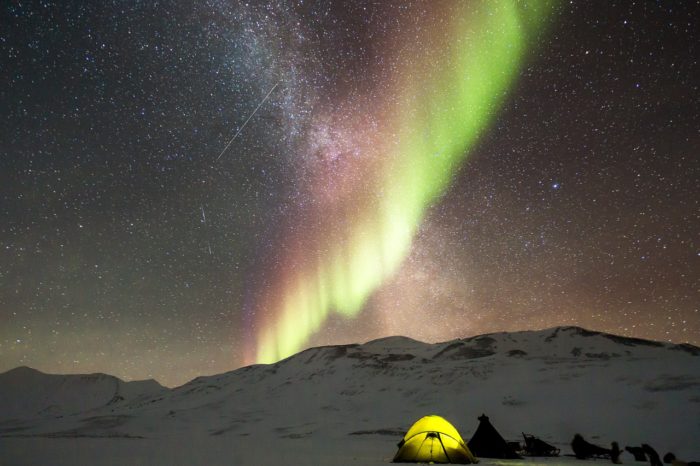As part of the research for my Middle Grade work-in-progress, I’m learning as many survival skills as I can. My goal is to learn one skill per month in 2019. So far so…meh. To be frank, this past month didn’t go as planned.
I had hoped to kick off the new year in Mankato, learning how to track from my friend, Evan, but ended up not making it. Then, I endeavored to learn some winter camping tricks so I could try tenting in the snow…but I ended up getting sick, recovering for a few days, and getting sick again. Then, the polar vortex struck and, although a couple of my bad ass Grand Rapids classmates braved the cold and camped in -32 degree F, I couldn’t bring myself to do it. Call me a wimp.
In the end, I had to settle for theory. I read up on winter camping techniques, attended a winter camping presentation at Midwest Mountaineering, and started a Facebook thread about the subject. Maybe I’ll get the chance to set up my tent in February. We’ll see.
I did, however, learn some excellent tips and tricks from experienced winter campers. The presenter at Midwest Mountaineering, Bear Paulsen, was especially helpful–he not only camps in the winter, but also leads youth winter camping expeditions AND has camped for multiple weeks at a time (he would casually mention a 22-day trip he had taken or a 45-day trip) in all types of winter conditions. And he’s alive. So. He’s doing something right.
It turns out winter camping involves many survival skills rolled into one. I suppose I knew this going into my research, but didn’t fully acknowledge or appreciate it. When you’re winter camping you need to know:
- How to properly fuel your body (high calories, high fat)
- How to make and sustain fire in all conditions (or simply how to set up your cooking stove so it doesn’t sink into the snow)
- Navigation methods
- Shelter-building (even if you’re camping in a tent and not a snow shelter, some technique is involved)
- Winter backpacking techniques
- HOW TO STAY WARM
I’m not usually an all-caps person, but that last point on the list is critical. It’s the main thing that separates 3-season campers (me) from cold weather pros. In warm weather, you can be more casual with, say, the state of your equipment or how many spare socks you bring, but in cold weather you do not have that luxury. Everything must be carefully planned, down to the accessibility of your camp stove and lighter (you don’t want to have to root around in the bottom of your pack when you’re desperate to cook dinner).
I learned a ton this past month (despite not testing my newly acquired camping know-how in the field), but I won’t list every little thing I learned here. Instead, I’ll do two things. One: I’ll make a book recommendation: The Winter Camping Handbook by Stephen Gorman (the most thorough and user-friendly book I read this past month on winter camping). And two: I’ll list my top takeaways from this month’s research.

Here are my top ten most helpful, interesting, or practical winter camping tips I learned this past month:
1. Top piece of insight: Loft and lack of moisture are key.
What is loft? That’s the dead air you can find in your sleeping bag or between your layers of clothing. It’s where heat can be trapped and used to insulate your body. Clothing doesn’t create heat, YOU do; clothing simply traps the heat you create around your body.
Moisture, on the other hand is the enemy of warmth. My dad drilled this concept into my head when I was a wee camper-in-training: “Evaporation is a cooling process.” Any sweat or moisture from snow that comes into contact with your skin will eventually evaporate and leave you chilled. Plus, moisture can ruin loft by making your layers stick together (thereby getting rid of that nice heat bubble).
2. Backpacking in winter might not involve a backpack
Sometimes, the easiest and best way to haul gear in winter is via a sled or pulk. A sled could either be a toboggan (never pack over the edges or your gear could catch on branches), a plastic sled, or a pulk (essentially, a sled with rigid poles, instead of a rope, for pulling). A plastic sled has its issues. If you’re skiing, it can easily catch up to you and knock you in the ankles. Makes sense, right? That’s why some people rig their own towing system by looping 3-4 short 3/4″ PVC pipes over the sled’s rope so that it’s semi-rigid. This will prevent the sled from riding up and hitting you.
Packing a sled is an art–you have to be careful about weight distribution, strapping everything down properly, and ensuring everything stays dry from the elements. I could talk a lot about this, but I’ll leave it at that. For more information, check out Stephen Gorman’s book (mentioned above).
3. Arranging your pack is key
In warmer months, packing a backpack isn’t a big deal. You load it up as evenly as possible and put it on your back. In winter, a lot more thought needs to go into packing. For one, critical items should be easily accessible (toward the top of the pack or in one of the pockets). Emergency chemical heaters, for example, or your cooking stove, fuel, and a lighter should be close to the top.
Additionally, it’s a good idea to add extra long, durable zipper pulls. That way, you can access your gear while wearing mittens or thick gloves.
Side note: It’s easy to lose things in the snow. Many guidebooks suggested connecting bottles and their caps with strings, wearing your eating spoon on a cord around your neck, and never setting small objects down in the snow.
4. Use two camping pads
Nearly every resource I found suggested using two camping pads while winter camping: One inflatable pad for optimal loft and comfort, and one closed-cell foam cell (not quite as comfortable, but it’s crucial to have in case your inflatable pad gets damaged). Stacking the two pads on top of each other is a good idea (with the closed-cell pad on the bottom) because that provides a thicker barrier between you and the frozen earth. Turns out, you can lose a lot of heat by being in contact with the cold ground.
5. Not everyone agrees about pee bottles
Most resources mention getting up to relieve yourself in the middle of the night. It’s the reason winter campers should sleep with their clothes on (despite what you may have heard to the contrary), and also the reason some campers keep designated pee bottles with them at night.
Bear Paulsen is not one of those people. In his presentation, he talked about the danger of the pee bottle by saying that “one poorly secured water bottle top could mean you wake up covered in your own urine.” Ugh. It’s the same reason Paulsen refuses to sleep with a warm water bottle in his sleeping bag. He says that when you fill a cold bottle with warm water, the threading (to screw on the cap) is still frosty and may not close all the way. If you want to make sure the bottle doesn’t drip, wait until the neck of the bottle is warm and give it another half turn. Or, just do what he does and go without.
6. The best way to sleep warm is to move around right before hitting the hay
This is such a practical tip, and yet I neglected to think about it this past fall when I camped out during a 22 degree night. I immediately moved from the warm campfire to my sleeping bag…and was utterly freezing as I tried to sleep. What I should have done is moved around before crawling into my sleeping bag. Jumping jacks, running in place, hopping–anything that gets the blood flowing will help you have a warm start to your sleep and will, hopefully, allow you to keep generating heat throughout the night.

7. Snow caves/quinzees/digloos can be the warmest way to sleep
I could write a ton about what I’ve learned about the construction of snow shelters. The basic idea is that you have to make sure your snow is hard-packed, that you let the snow settle, and that your walls are an even thickness (something that can be achieved by sticking ski poles or sticks into the mound of snow to use as gauges). Snow shelters can be the warmest way to sleep because they are great at trapping your body heat (just be sure to create a vent to allow for some air flow). Also, a tent can get icy due to the moisture from your body condensing on the ceiling and building up a frost layer, but a snow shelter is already frosty and you don’t have to worry about shaking it out in the morning!
However, your snow shelter will probably melt a little throughout the night, due to your body heat. Because of that, be sure to build a sleeping shelf and a trench for shuttling away any melted snow. Besides getting wet, there is another very real danger associated with snow shelters: CO2 poisoning. Make sure you’ve created a vent, especially if you’re going to bring a candle into the space. A candle is great for giving you a little extra heat, but it should be extinguished before going to sleep.
To learn how to make a quinzee (a specific type of snow shelter), follow this Boys Life link (thank you to Mark W. for providing this!).
8. Count on fuel and batteries running out
According to Molly Absolon’s book, Winter Hiking and Camping, a group of 2-3 people need, on average, 1/3 liter of white gas fuel per day when camping in the summer. In the winter, that same group will need 3/4 liters per day. Count on using plenty of fuel and be prepared.
On a similar note, count on your batteries dying quicker than usual. To help mitigate this, swap out all alkaline batteries for lithium (lithium are a little more expensive, but last much longer and are more reliable).
9. Don’t rely on your car to “save you”
You made it! You’re out of the woods and back in the parking lot. You’re freezing, but it doesn’t matter. All you have to do is start your car and…chug. Chug, chug. Um. What do you mean, the battery’s dead?
In his presentation, Bear Paulsen made an excellent point: Always assume your car’s battery will be dead when you return to it. Park accordingly.
That means, don’t park your vehicle with the hood against a tree or snowbank. Also, if you have manual transmission, park it so that it can possibly be push-started (see this somewhat dramatic video on how to do it).
10. Snow squeaks at 14 degrees F
I put this one on the list because it’s one of those things you probably would never notice unless you were on the trail in the dead of winter, immersed in silence, and observing your surroundings. This is the reason to go winter camping. It’s about becoming in tune with the seasons; it’s about having a sensory experience that few people have. Because of the brilliant white and lack of sound in far-flung winter camping areas, your senses are heightened. You tune into little things like birds calling or the crunch of snow under your boots or the flash of brown from a hunting pine marten.
At the very least, I can say I know and understand the magic of winter. I’ve experienced it as a cross-country skier, winter hiker, and northern Minnesota native. I’ve known it since I was a child, growing up on the edge of the woods. I am certain that camping in the stillness and subtlety of winter would only heighten these sensations.
Happy (safe) camping.
Author: KateBitters
Kate Bitters is a Minneapolis-based author and freelance writer. She is the author of Elmer Left, Ten Thousand Lines, and He Found Me. One of her proudest/nerdiest moments was when Neil Gaiman read one of her short stories on stage at the Fitzgerald Theater.

Things I never knew I wanted to know.
I had a friend in the 70’s that did winter camping in the mountains of North Carolina and I never understood it. Still don’t in some ways, but I get the beauty of it now. I am not a fan of being cold, or chilly, so it is not on my list of things to do.
I completely understand! I run fairly cold, but having the right equipment is a game changer. Too bad it’s all so expensive. I’m patiently waiting for the end-of-winter gear sales 🙂